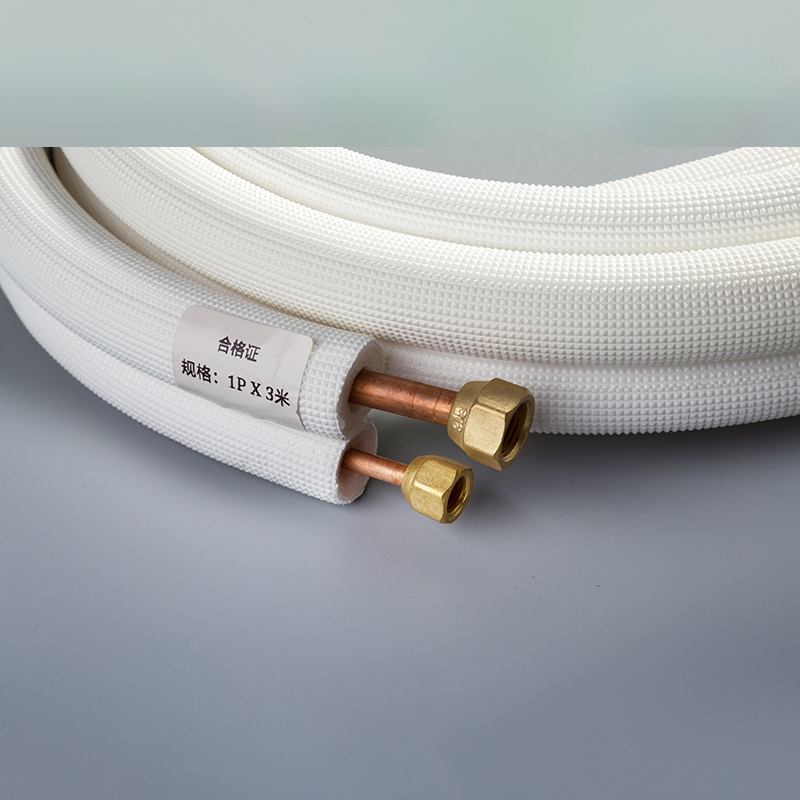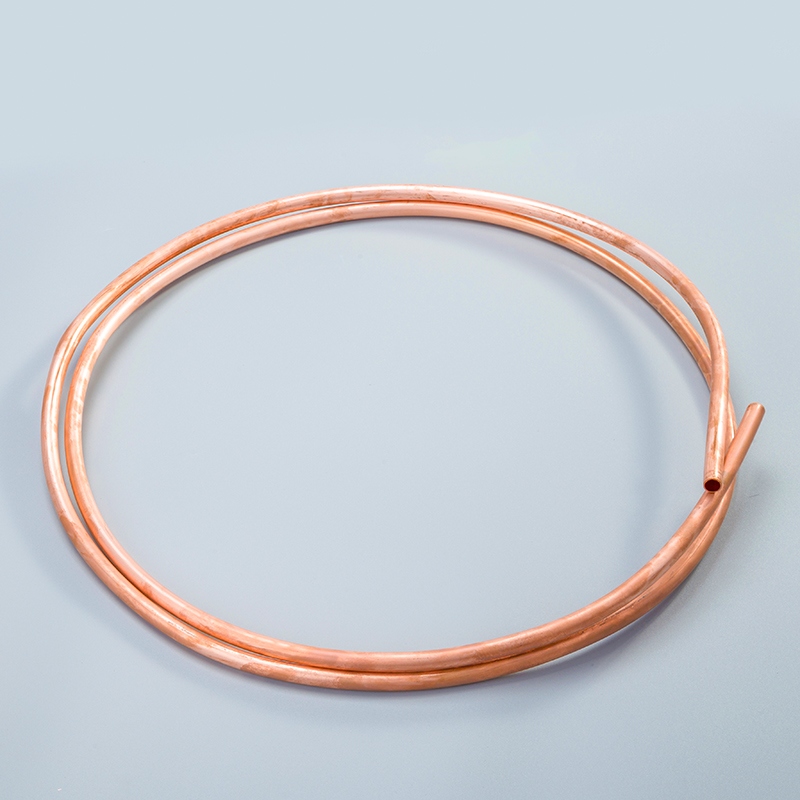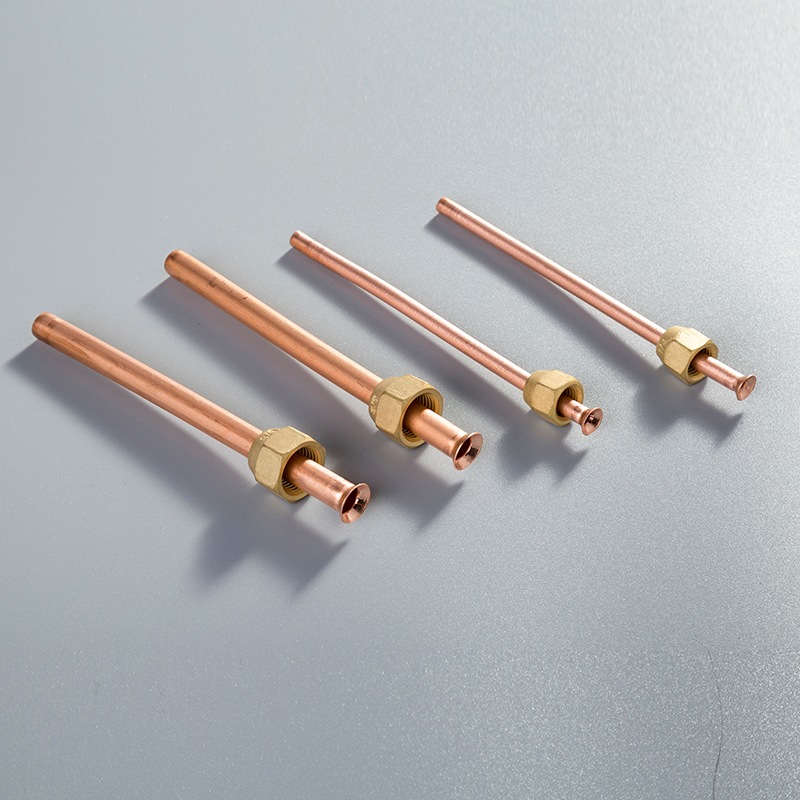Guide to Using 1/2 Inch Copper Pipes in Plumbing

Copper pipes play a vital role in plumbing systems, ensuring the delivery of clean and safe water for various household activities. Among the different sizes available, the 1/2 inch copper pipes and 3/4 inch copper pipes stand out for their versatility and efficiency. This guide aims to provide a comprehensive understanding of these pipes, covering their characteristics, uses in plumbing, installation process, maintenance tips, and troubleshooting techniques. By the end of this guide, readers will be equipped with the knowledge needed to successfully utilize 1/2 inch copper pipes and 3/4 inch copper pipes in their plumbing projects.
Understanding 1/2 Inch Copper Pipes

Characteristics of 1/2 Inch Copper Pipes
Copper pipes, with their exceptional material properties, are a cornerstone in plumbing systems. The inherent qualities of copper, such as its malleability and resistance to corrosion, make it a preferred choice for piping solutions. Additionally, the durability and longevity of 1/2 inch copper pipes ensure a reliable and long-lasting plumbing infrastructure.
Common Uses in Plumbing
Residential applications: In homes, 1/2 inch copper pipes are extensively utilized for water supply systems due to their reliability and safety features. From delivering clean drinking water to facilitating various household activities, these pipes play a crucial role in maintaining domestic comfort.
Commercial applications: Beyond residential settings, 1/2 inch copper pipes find widespread use in commercial establishments. Whether it's ensuring efficient water distribution or supporting industrial processes, these pipes demonstrate versatility and robustness in diverse plumbing applications.
Advantages and Disadvantages
Benefits of using copper pipes: The advantages of employing 1/2 inch copper pipes are manifold. Their superior corrosion resistance ensures the purity of water being transported, promoting health and safety. Moreover, their longevity minimizes the need for frequent replacements, offering cost-effectiveness in the long run.
Potential drawbacks: While copper pipes offer numerous benefits, they may face challenges in certain environments. Factors like high acidity levels or aggressive water conditions can accelerate corrosion in copper piping systems. It is essential to consider these aspects when choosing piping materials for specific applications.
Installation Process

Tools and Materials Needed
Essential tools
Pipe cutter: A pipe cutter is essential for accurately cutting copper pipes to the required length without causing damage.
Torch kit: A torch kit, including a propane torch and solder, is necessary for soldering joints securely and effectively.
Emery cloth: Emery cloth helps in preparing the surface of the copper pipes for soldering, ensuring a clean and smooth connection.
Measuring tape: Measuring tape is crucial for precise measurements when cutting and fitting copper pipes.
Required materials
Copper pipes: Ensure you have sufficient lengths of 1/2 inch copper pipes to complete the plumbing project according to the layout plan.
Solder and flux: High-quality solder and flux are vital for creating strong and leak-free connections between copper pipe joints.
Pipe fittings: Gather an assortment of fittings such as elbows, tees, and couplings to accommodate changes in direction or connect multiple pipes seamlessly.
Safety gear: Don't forget safety gear like gloves and goggles to protect yourself during the installation process.
Step-by-Step Installation Guide
Measuring and cutting the pipes
Begin by measuring the length needed for each section of the 1/2 inch copper pipe using a measuring tape.
Mark the measured points on the pipe surface with a pencil before carefully cutting along the marks using a pipe cutter.
Fitting and soldering
Clean both ends of the cut pipes using emery cloth to remove any dirt or debris that could affect the soldered joint's integrity.
Apply flux to the cleaned pipe ends before fitting them together securely with the appropriate fittings.
Heat the joint area evenly with a torch kit while applying solder around the seam until it melts and creates a watertight bond.
Testing for leaks
Once all connections are soldered, allow them to cool before testing for leaks by turning on the water supply.
Inspect each joint carefully for any signs of leakage, such as drips or moisture, which may indicate an improper seal that requires re-soldering.
Safety Precautions
Handling copper pipes
When handling 1/2 inch copper pipes, wear gloves to prevent skin irritation from prolonged contact with metal edges or surfaces.
Working with solder and flux
Use caution when working with solder and flux as they can reach high temperatures during application; always follow safety guidelines provided by manufacturers.
Maintenance and Troubleshooting
Regular Maintenance Tips
Cleaning and Inspection
To ensure the longevity of 1/2 inch copper pipes in plumbing systems, regular maintenance is essential. Cleaning and inspection play a crucial role in preserving the integrity of the piping infrastructure. Here are some key steps to follow:
Inspect for Corrosion: Periodically check the pipes for any signs of corrosion, especially in areas exposed to moisture or acidic substances.
Clean Pipe Surfaces: Use a soft cloth or brush to clean the exterior surfaces of the copper pipes, removing any dirt or grime that could potentially lead to corrosion.
Check for Leaks: Conduct routine checks for leaks along the pipe joints, valves, and connections to address any issues promptly.
Preventing Corrosion
Preventing corrosion is paramount in maintaining the efficiency of 1/2 inch copper pipes. Here are some preventive measures to consider:
Use Water Softeners: If your water supply has high mineral content, consider installing a water softener to reduce the risk of scale buildup inside the pipes.
Apply Protective Coatings: Consider applying protective coatings on the exterior surfaces of copper pipes to shield them from environmental factors that may accelerate corrosion.
Monitor Water pH Levels: Regularly test and monitor the pH levels of your water supply to detect any acidity that could corrode copper pipes over time.
Common Issues and Solutions
Leaks and How to Fix Them
Despite their durability, 1/2 inch copper pipes may develop leaks over time. Here's how you can address this common issue effectively:
Locate the Leak: Inspect all visible pipe joints and connections for signs of leakage, such as water droplets or dampness.
Repair with Solder: Using a torch kit and solder, carefully seal the leak by applying solder around the affected area until a secure bond is formed.
Test for Integrity: Once repaired, test the joint by running water through it to ensure there are no further leaks.
Dealing with Blockages
Blockages can impede water flow in 1/2 inch copper pipes, affecting their functionality. Follow these steps to resolve blockage issues:
Identify Blockage Source: Determine where the blockage is occurring by assessing water flow at different fixtures connected to the pipe.
Clear Obstructions: Use appropriate tools like a plumber's snake or auger to clear blockages within the pipe without causing damage.
Flush Out Debris: After removing obstructions, flush out any remaining debris by running water through the pipe at high pressure.
When to Call a Professional
Identifying Complex Problems
In instances where maintenance tasks exceed your expertise or when facing complex plumbing issues related to 1/2 inch copper pipes, it's advisable to seek professional assistance. Look out for these signs indicating more significant problems:
Sudden drops in water pressure
Persistent leaks despite repair attempts
Unexplained noises within pipe systems
Hiring a Qualified Plumber
When encountering challenging scenarios beyond basic maintenance, entrust your plumbing concerns involving 1/2 inch copper pipes to a qualified plumber. A professional plumber possesses specialized knowledge and tools required for intricate repairs and system diagnostics.
Summarize the essential aspects of working with 1/2 inch copper pipes.
Reflect on the reliability and versatility that 1/2 inch copper pipes offer in plumbing systems.
Recommend following the detailed guide to ensure successful completion of plumbing projects.
See Also
The Complete Handbook on 1/4 Inch Copper Piping
Top 5 Tricks for Handling Non-Standard 1/2' Copper Pipes
Choosing Between 1 1/2 Inch and 1/2 Inch Copper Piping


